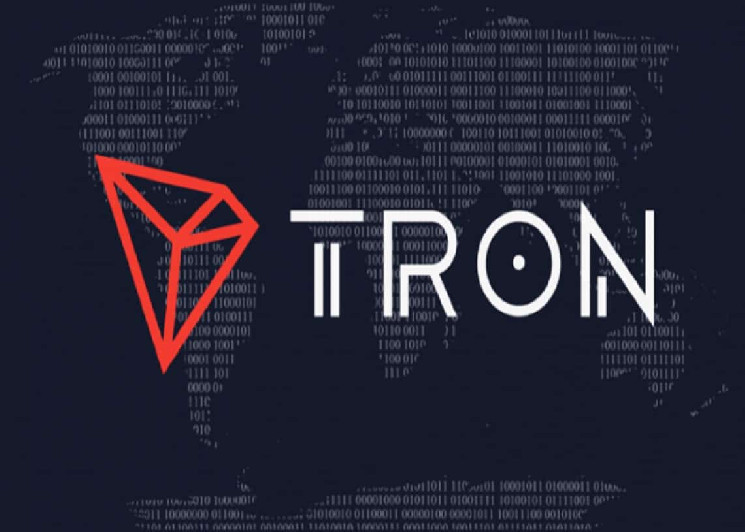Chris Pacia, the former lead developer of Openbazaar, a now-defunct decentralized crypto marketplace, has shed light on the hidden weaknesses of the Lightning Network (LN) during the blocksize wars that shaped Bitcoin’s scaling solutions. Pacia criticized the misinformation spread by technical experts to sway public opinion in favor of LN, despite knowing its flaws.
Unveiling the Hidden Weaknesses of the Lightning Network
During the tumultuous blocksize wars, Chris Pacia, a prominent figure in the crypto industry, revealed how discussions about scaling Bitcoin through either increasing block size or implementing LN were skewed in favor of the latter. Pacia highlighted that the complexities of LN were deliberately obscured from the mainstream audience, with dissenting voices being silenced and their warnings erased.
Pacia emphasized the lack of technical comprehension among most crypto enthusiasts, leading them to rely on the insights of prominent figures like Saifedean Ammous, Peter McCormack, Tone Vays, and Stephan Livera. However, he pointed out that these experts themselves were misled and, to a certain extent, complicit in misleading others to win the blocksize wars. Pacia bluntly stated that LN was expected to perform inadequately, but this knowledge was concealed as a strategic move.
Recent criticisms of LN have further exposed its shortcomings, with developers like Matt Corallo and John Carvalho denouncing its complexities and potential for centralization. Concerns about diminishing liquidity and decreasing node and channel numbers have also raised doubts about LN’s long-term viability.
Share your thoughts on Bitcoin’s lightning network in the comments section below.









